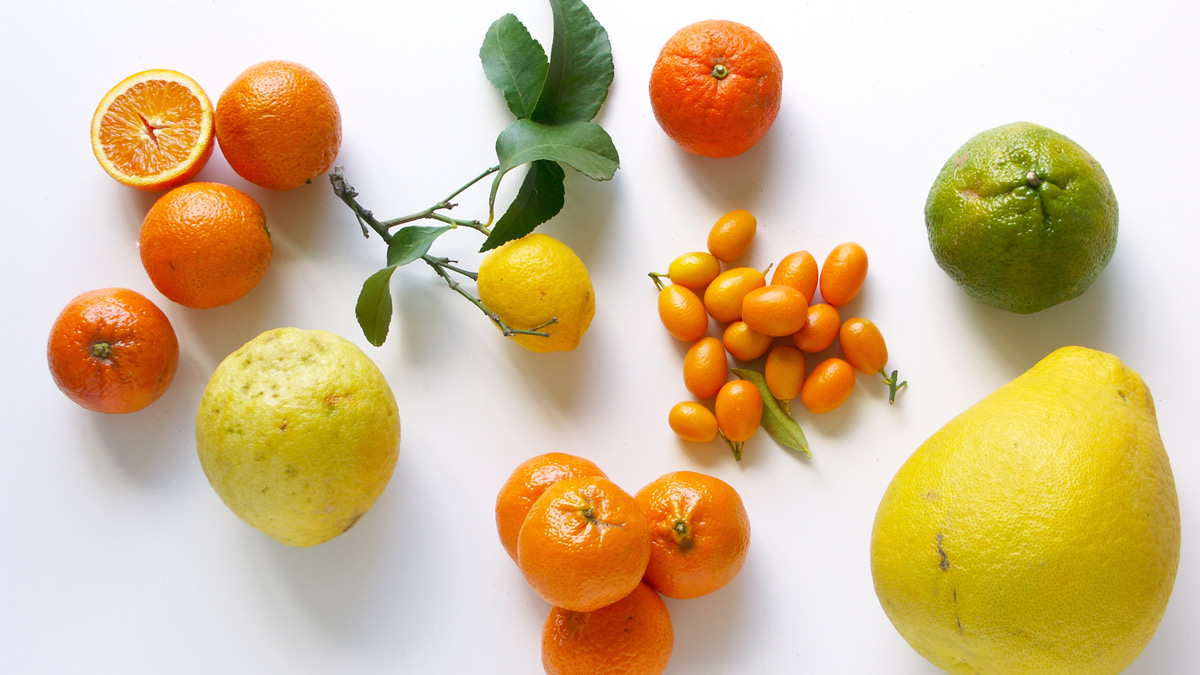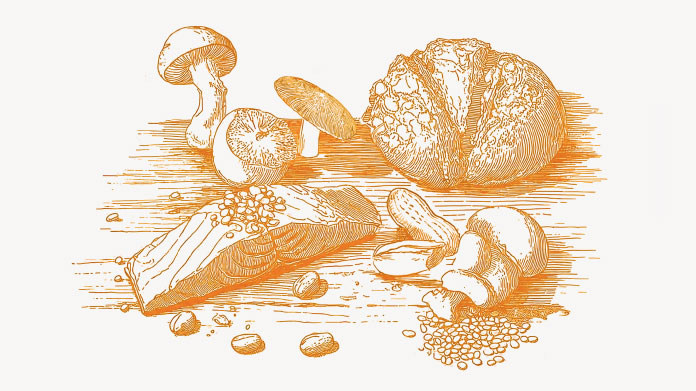6 things you didn’t know about vitamin C!
Vitamin C? Of course you’re familiar with it, but do you actually know all there is to know? Here are 6 examples of vitamin C facts that many people don’t know.

Oranges aren’t the leaders in vitamin C
Even though oranges boast a vitamin C level of 100 g (a freshly squeezed orange has 53 g), several other fruits and vegetables are even richer in vitamin C. Red peppers (101-166 mg) and green peppers (54-132 mg), kiwi fruit (70 mg) and broccoli (54 mg) are also great examples of foods rich in vitamin C.
What you can do
Vary the fruits and vegetables that you eat as much as possible in order to enjoy their benefits and their abundance of vitamins. You also won’t get tired of your diet.
Consider taking vitamin C supplements in winter
Our immune systems must be especially active in winter (when they encounter more viruses and colds), and use vitamin C extensively. Vitamin C is an antioxidant that plays a significant role in the immune defense system, helping to fight invading microbes and regenerate tissues.
What you can do
Ongoing fatigue, trouble recovering from winter viruses, and generalized pain can be symptoms of a vitamin C deficiency. Don’t wait to ask for advice and/or consider taking supplements.
Vitamin C deficiency is not unusual
Vitamin C is a hydrosoluble vitamin that you should definitely include in your diet as your body can’t store it (the kidneys excrete excess vitamin C). You should therefore be sure that you’re consuming vitamin C every day, throughout the year. And if you don’t? People who don’t eat enough fruits and vegetables are more likely to experience vitamin C deficiency.
What you can do
Eat at least 5 fruits and vegetables per day throughout the year, and start eating a healthy, varied, and balanced diet as soon as possible.
Vitamin C is fragile
Cooking partially destroys vitamin C. It is also oxidized quickly as soon as fruits and vegetables -the main suppliers of vitamin C- are exposed to open air just a little too long . Interestingly, the skins of some fruits and vegetables (including peppers, apples, and zucchini) are rich in vitamin C.
What you can do
Eat fresh fruits and vegetables soon after buying them (within 2-3 days), and store them in a cool, dark place. If you mix or press fruits, be sure to drink the juices or smoothies promptly. You can also occasionally buy organic fruits and vegetables and eat them with their skins .
Our bodies need more vitamin C when we exercise
Engaging in regular, intense exercise (at least 3-4 one-hour sessions per week) produces oxidative stress that can increase our need for vitamin C (specifically to regenerate cells). Athletes may want to consider increasing their vitamin C intake slightly (the recommended Dietary Reference Intake, or DRI, for an adult is 110 mg/day). Athletes, however, aren’t the only people who require more than the average DRI: pregnant women or nursing mothers (120 -130 mg/day), the elderly (120 mg/day), and smokers (120 mg/day) also need more vitamin C.
What you can do
Eat more fruits and vegetables or take supplements if you are in a group with a higher DRI.
Vitamin C facilitates absorption of iron
Vitamin C has specific benefits for people with an iron deficiency, or anyone who needs more iron (such as pregnant women). Eating foods rich in vitamin C with foods rich in iron helps our bodies absorb that iron.
What you can do
Plan menus so they include some foods that are rich in iron and others that are rich in vitamin C (lentils + orange juice, red meat + kiwi, and other combinations).
4 Days
Good quality product and customer service.
So far, I'm liking this product, and the customer service was very good.
ELZL
11 Days
The products I use are excel·lent
The products I use are excel·lent
ROSAS Josep Maria
19 Days
Delivery is prompt and I never saw a…
Delivery is prompt and I never saw a quality problem with the manufacturing. It is not possible to assess efficacy on a personal basis, since too many factors come into play. Efficacy can only be assessed statistically with a sufficient number of cases.
Roger De Backer
20 Days
I collaborates with the Supersmart…
I collaborates with the Supersmart more than 10 years. Every thing is going good. Quality of the things is good. Delivery comes in time. Five stars definitely !!!
Oleksiy
20 Days
All good
Simple, frictionless site, easy ordering, good delivery updates and execution.
Chris Robbins
22 Days
I feel better
I feel better
Peter Ammann
22 Days
Prompt delivery
Prompt delivery
JAKUB Radisch
24 Days
My new go-to for top quality supplements!
I am buying more and more of my supplements from this superb, high quality company. Cannot recommend it enough. Plus, excellent customer service with a quick, helpful team and speedy deliveries. Highly recommend Supersmart!
Cecilie H.
27 Days
SUPERSMART WHAT ELSE👍
SUPERSMART WHAT ELSE👍
DIEDERLE Christophe
30 Days
Excellent quality products with…
Excellent quality products with innovative formulas, as someone who has been suffering with acid reflux, these supplements have been lifesavers.
Oriana Moniz
30 Days
high quality supplement!
high quality supplement!
GALANT
31 Days
Good service prompt delivery
Good service prompt delivery
Mrs Marcella Reeves
36 Days
I like your clear explanation
I like your clear explanation. And how to make a choice of products for a specific health problem
Ingrid
42 Days
Great product and it arrives quickly.
Great product and it arrives quickly.
SOMMARIVA Gianni
43 Days
Excellent products and fast service.
Excellent products and fast service. What do we need more?
Margarida



